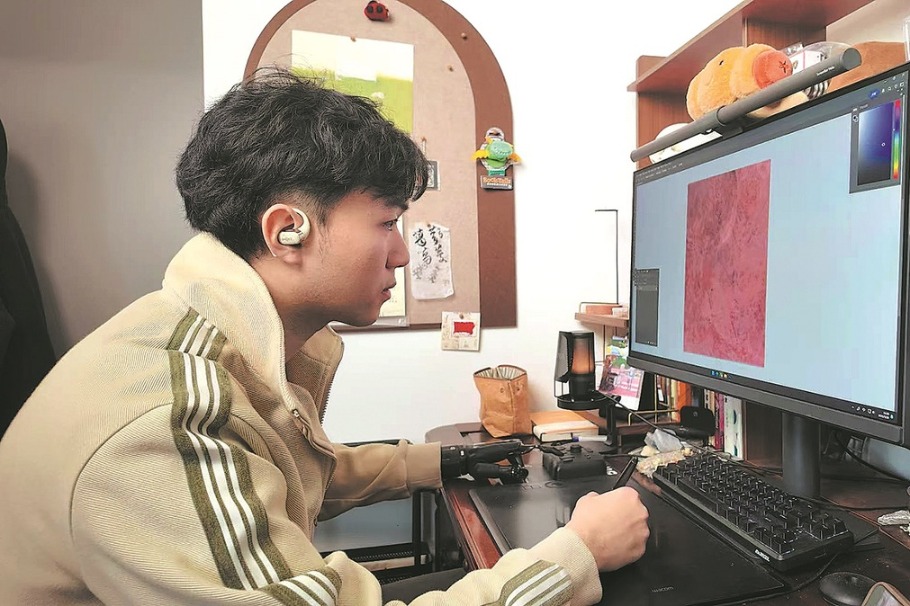Learning the lore through local guides

A walking safari in most wildlife conservancy areas and game parks in Kenya and some parts of Tanzania usually involve following Maasai guides.
Donning shuka — a bright-colored, woven, thick cotton cloth, predominantly red in color with checked patterns in white, black or blue wrapped around wearers — the Maasai people are not only recognizable with the traditional attire but also through their distinctive customs.
The bush walk is thus not just a fun activity of learning how to track wild animals via their droppings, footprints and plants they nibble along the way — tourists also get to learn about bush flora and their medicinal value on top of the rich Maasai culture.
The Nilotic ethnic group inhabits northern, central and southern Kenya as well as northern Tanzania.
The red color of their clothes symbolizes strength, courage and bravery; Maasai people are internationally famous for being brave warriors.
Maasai also wear red shuka to protect themselves from being attacked by wild animals as they believe the color specifically scares off lions.
Red also represents cattle blood, which members of the community drink mixed with milk, especially during periods when food is scarce, for nutrition and strength.
The Maasai shuka is considered the community's traditional attire, but its members started wearing it only in the 1960s, as a means of payment following the slave trade. Initially, they wore leather garments made from sheepskin and calf hides.
While it is not clear where the commercial cotton cloth originated from, some people say it was brought by Scottish missionaries during the colonial period.
Another theory says the natural red, blue and black dyes came from Madagascar. Shukai tems are now made in Tanzania and China.
The Maasai also have a long tradition of beadwork, which they use to make jewelry, ornaments, sandals, belts and to decorate household items.
According to the travel group Thomson Safaris, each of the colors used in beadwork holds a special meaning, with red signifying blood, bravery and unity.
White represents health, purity and peace; blue represents energy; green signifies the land and production; orange represents warmth, friendship and generosity; yellow symbolizes fertility, the sun and growth; while black represents the people and the struggle they must endure.
The Maasai are also famous for their jumping dances, locally referred to as adamu, where men are expected to jump as high as possible.
The dance is part of boys' transition to becoming men, and a way for a young warrior to demonstrate his strength and attract a bride.
Maasai are seminomadic and pastoral. Their traditional life revolves around amassing and grazing large herds of cattle, which also constitute their primary source of food. The wealth of a Maasai man is measured in cattle and children.
The Maasai people believe that God, locally known as Enkai, sent cattle sliding down a rope from the heavens for their safekeeping.
Traditionally, young Maasai men would leave their families at the age of 14 to receive warrior training lasting seven years. During that initiation into adulthood, they were required to stay in the bush with just a blanket and a spear.
Maasai communities have been conservationists for centuries and have learned to coexist with wild animals. They also have an aversion to eating game meat and use plants for medicinal purposes.
Today's Top News
- Tajikistan looks to China for deeper ties
- High-tech manufacturing lifts industrial profits
- Avenue blooms with flowers to mark victory
- Mainland slams DPP for distorting WWII history
- Northeast Asia trade in focus at Jilin expo
- Organic agriculture forum unites global experts in Datong






























